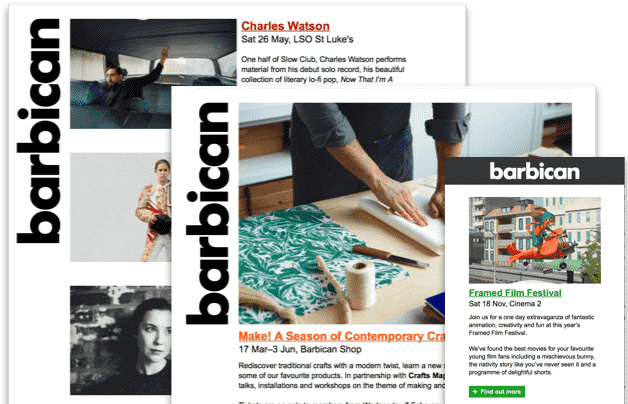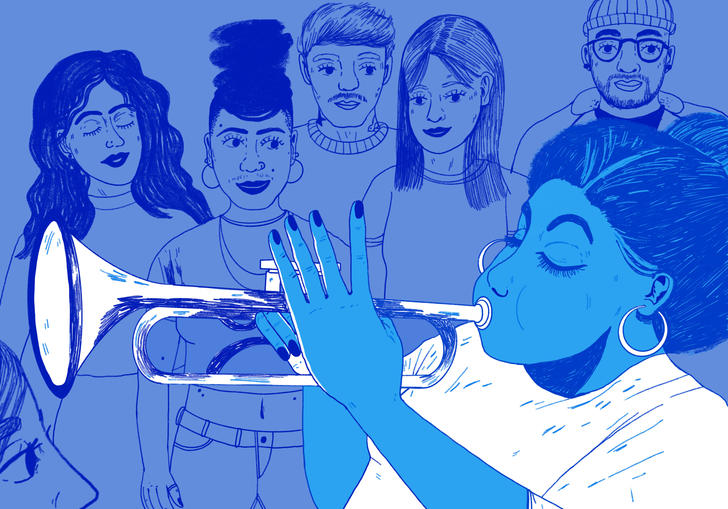
The British Jazz Explosion - Footshooter Mix
Explore the sounds of British jazz with this new mix by Footshooter.

Explore the sounds of British jazz with this new mix by Footshooter.
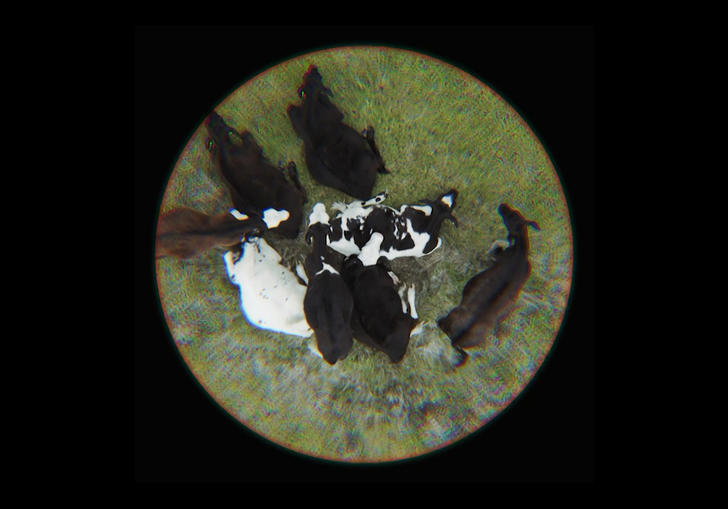
Is meat grown in a lab vegetarian? 'Meet Meat' puts the idea of meat under the microscope to hear both sides of the argument as we look ahead to the future of food production.

In the second of a series of three videos exploring contemporary artists’ responses to our Lee Krasner exhibition, artist Flora Yukhnovich talks to Katy Hessel (founder of The Great Women Artists) about her practice and what Krasner’s work means to her
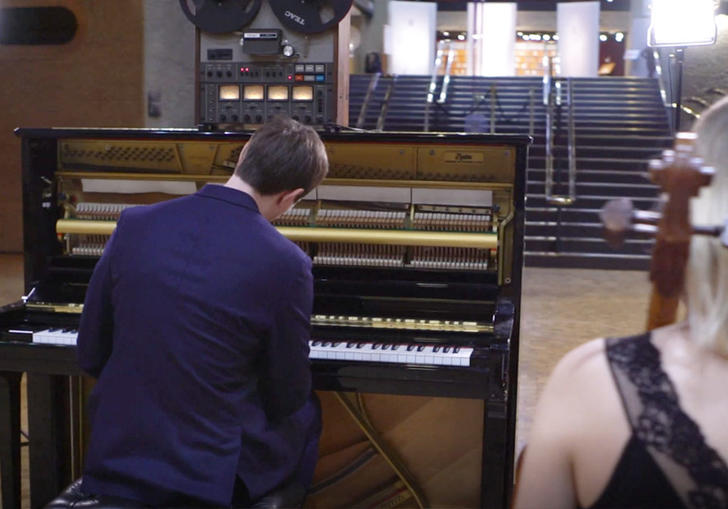
Scottish multi-instrumentalist and producer Erland Cooper brings a tape machine, a piano and a cello together for an intimate performance in the Barbican Foyer.
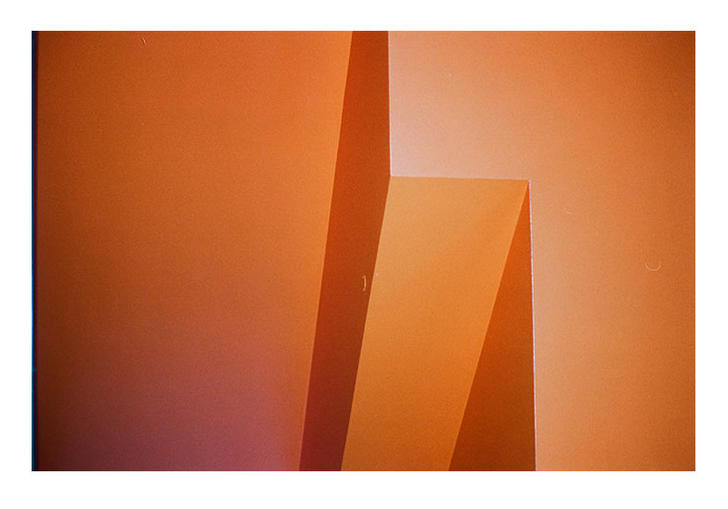
We look back at our June 2019 Instagrammer, William Jones to explore his Barbican shots.
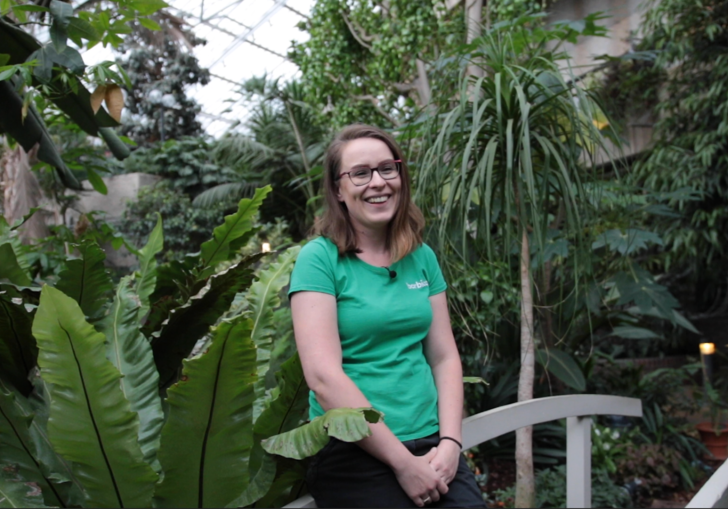
The Barbican Conservatory is London's second largest conservatory, with over 1,800 species of plants and trees.
Head Gardener Marta reveals the secrets of this hidden oasis in the heart of the city.
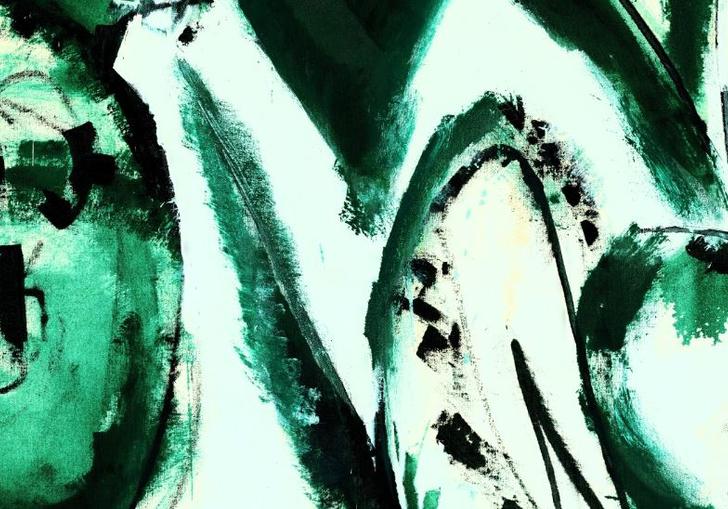
With its swirling green hues dancing across the canvas, take a closer look at Lee Krasner's 'Portrait in Green' from 1969.
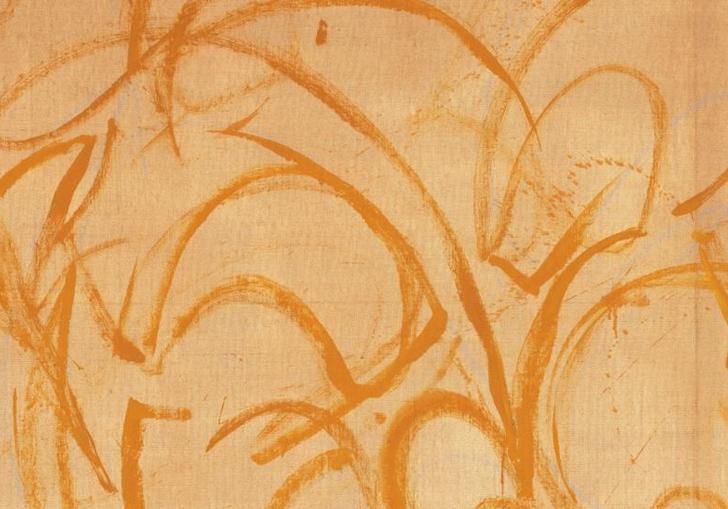
Take a moment of contemplation with Lee Krasner's 'Kufic' from 1965.
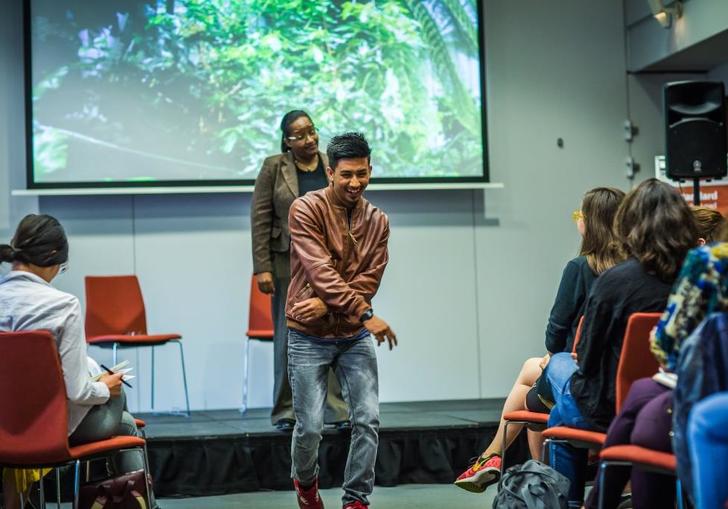
If you have a range of interests and talents, a traditional career path might seem limiting when you could become a ‘slashy’ instead. We find out about the benefits and challenges of wearing different creative hats.
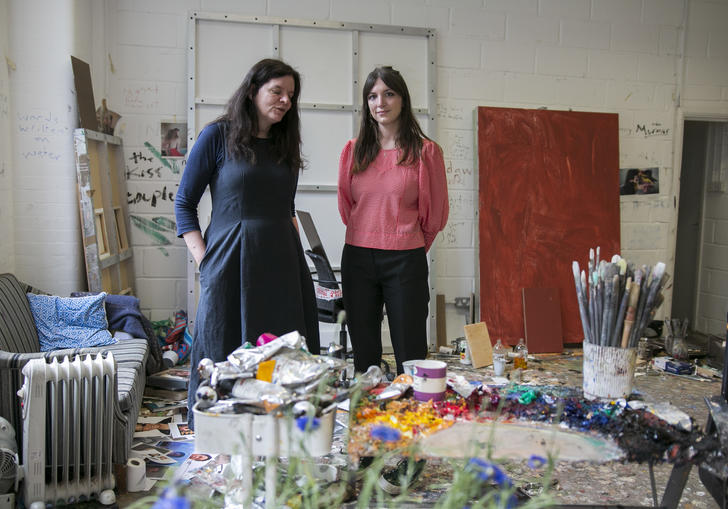
We meet artist Chantal Joffe in her studio as she talks to Katy Hessel (founder of The Great Women Artists) about Lee Krasner's life, her paintings and what this new exhibition of her works mean for her.
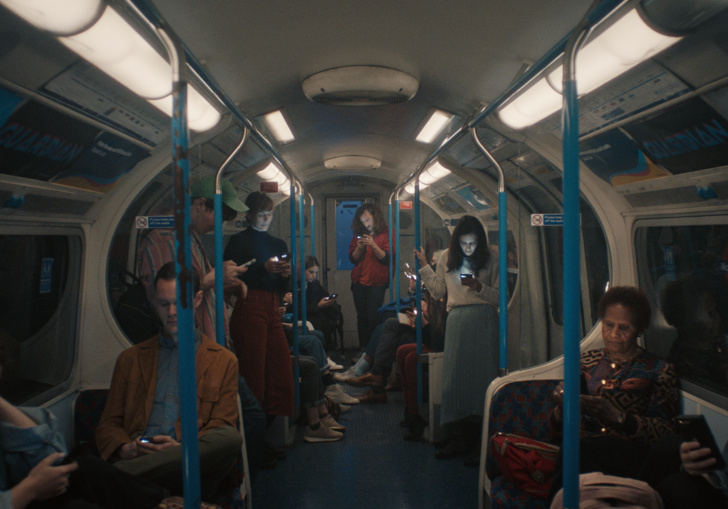
Technology is rewiring our neurons and changing both our physical movements and inner thought processing. Klaas Diersmann presents an experimental and eerie depiction of our intimate yet divisive and compulsive relationships with these technologies.
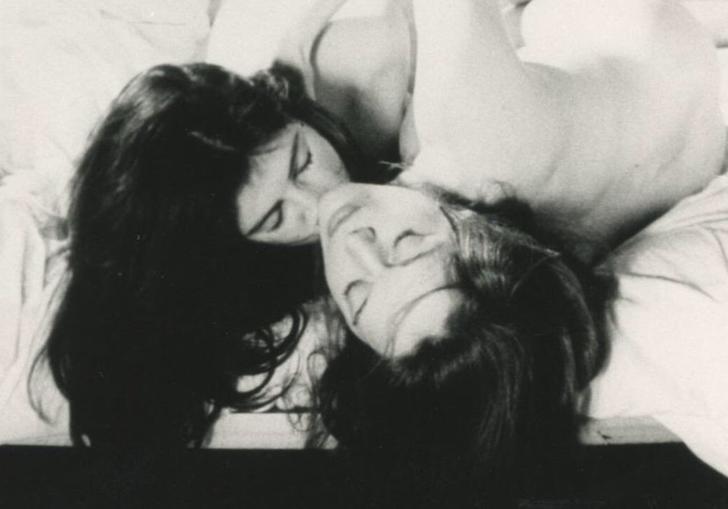
Cinema curator Tamara Anderson takes us back to the heady days of 1970s France and tells us how the films that came after the Nouvelle Vague were influenced by the turbulent political events of May 1968 – and why these films are still so relevant today.
